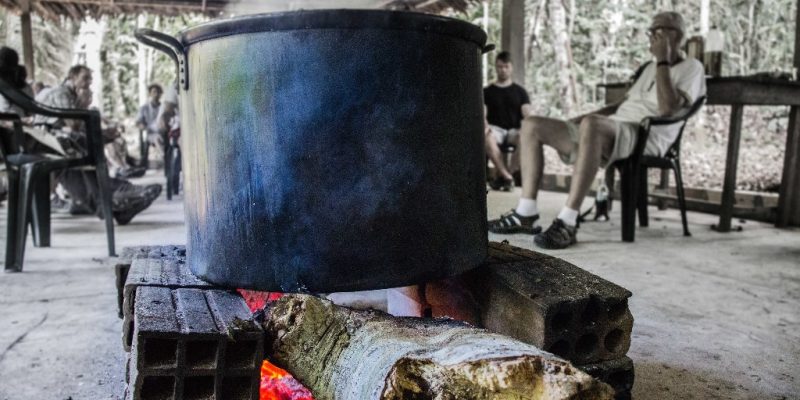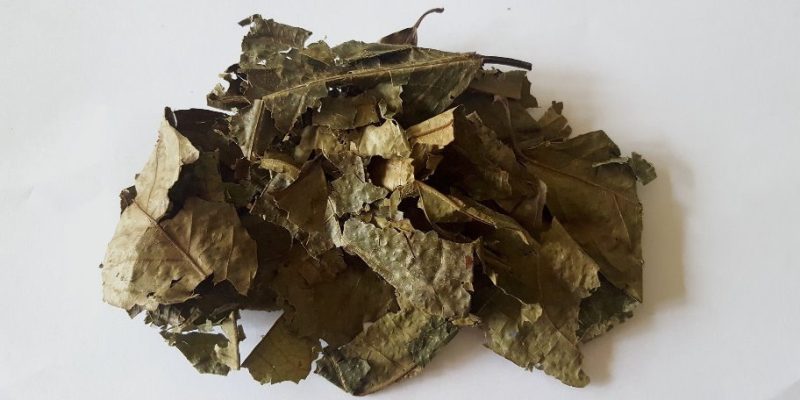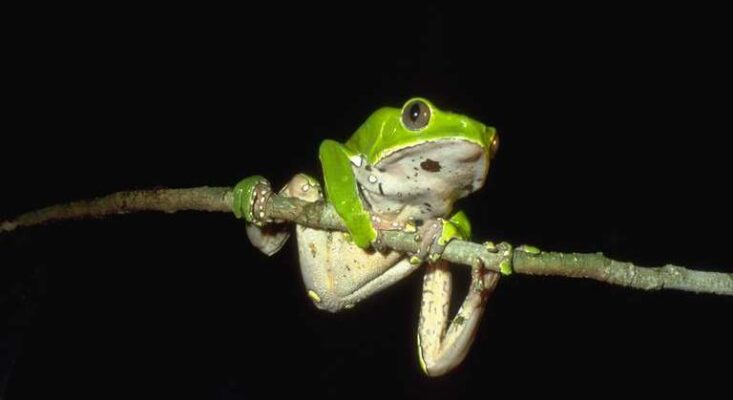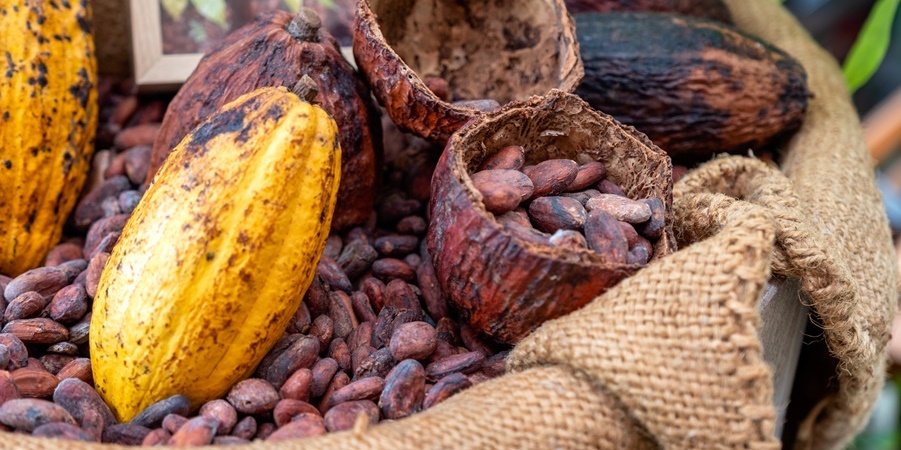
Cacao plant medicine and Cacao ceremonies have emerged from the traditional use of Cacao, which is derived from the Cocoa bean seeds from the Theobroma cacao plant.
During millennia, the Cacao tree had been domesticated in Central America by the Mayas and Aztecs, by whom the beans were widely used in a variety of ways, such as in rituals, ceremonies, as a currency system, as a day-to-day stimulating beverage, or as food.
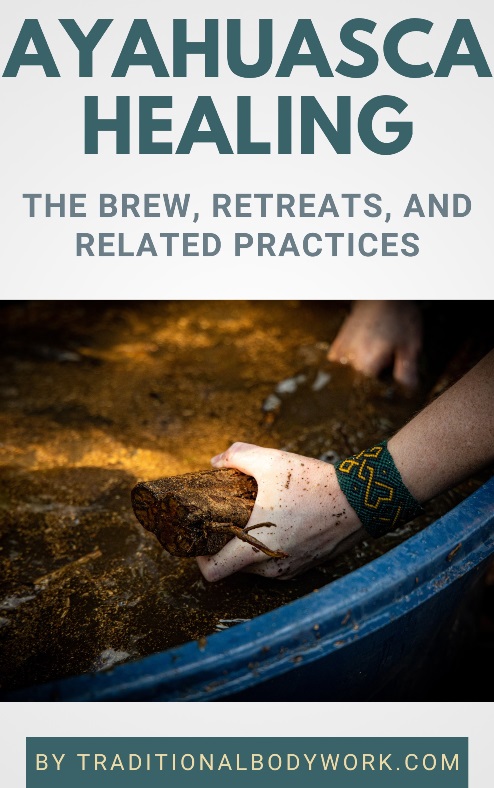
Nonetheless, recent research on the origin of the Cacao plant suggests that it was most likely first domesticated in South America, more precisely — in the area and country that’s now called Peru.
In any case, most typically one eats or drinks Cacao, for which you can find many recipes to prepare it, but in its more traditional ritual form as a beverage it would consist of pure toasted Cacao beans ground into a powder, Chili or Cayenne peppers, Corn flour, and water, which actually makes it a rather bitter drink.
The Cacao beverage may also contain sweeteners, such as Coconut sugar, Honey, or Agave and/or spices such as Ginger, Vanilla, Cardamom, or Cinnamon.
Apart from its healthy compounds, such as antioxidants, iron, magnesium, and calcium, among others, it’s thought that Cacao opens the heart, clears energy blocks, promotes concentration, boost one’s mood and creativity, and prepares the user for meditative and introspective work.
In contemporary times, the modern Cacao ceremony varies significantly depending on the facilitator or Shaman, but there are some common elements. Typically, it’s performed as a group activity in which the participants drink cacao, pray, sing, set intentions, make music, and dance.
Apart from being a ceremony performed on its own — in a group or individually — you will also find the Cacao ceremony as an integral part of a number of Ayahuasca retreats.












